Rare rain gives farmers hope, but much more needed to break the drought
Farmers have welcomed the heavy rains that have battered NSW this week, but not enough has fallen in the state’s west to plant a crop, much less break the drought.
NSW
Don't miss out on the headlines from NSW. Followed categories will be added to My News.
The weathered faces of drought-weary farmers in the state’s west are beginning to crack into a smile — but they won’t be laughing unless the current good rainfall continues for months.
Areas of northwest NSW last week did record their best rainfall in two years. The heaviest falls were recorded at Collarenebri (123.5mm), Keveline near Walgett (110.8mm) and Narrabri (106.2mm).
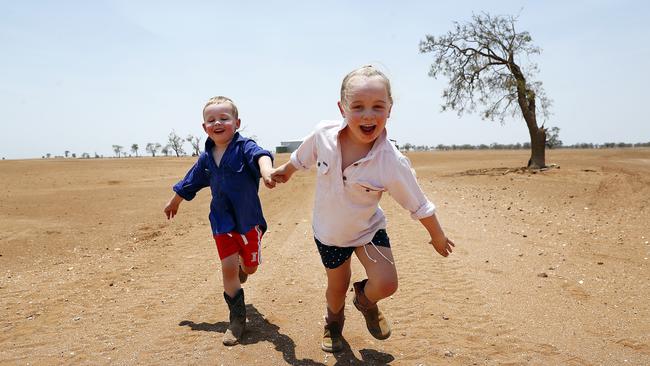
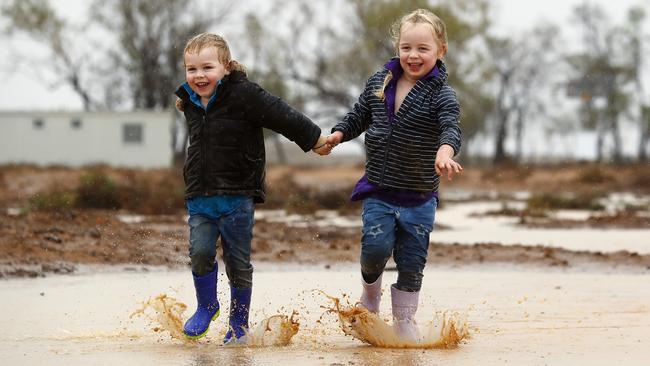
But not enough rain has yet fallen in the state’s west to plant a crop, much less break the grip of drought — and the Bureau of Meteorology has not predicted more rain than normal in the next three months.
Thanks to the worst drought on record, the soil is so dry, it would take about 15 times more rain than fell last week to break the drought west of the Great Dividing Range.
MORE NEWS
Brian Henderson’s cancer battle: ‘I’m not afraid of death’
Hounded out: Pub dog ban a ‘sad, backward step’
Former NRL star charged over alleged gym dispute
Or, to put it another way, it will take a near-impossible five consecutive months of record rain — or, more likely, two wetter-than-usual years — to break the drought in farming regions across the state, according to Sky News Weather chief meteorologist Tom Saunders.
“This isn’t drought-breaking rain, but it’s significant drought relief,” Mr Saunders said.
“One large rain event would never be enough to break this drought.”

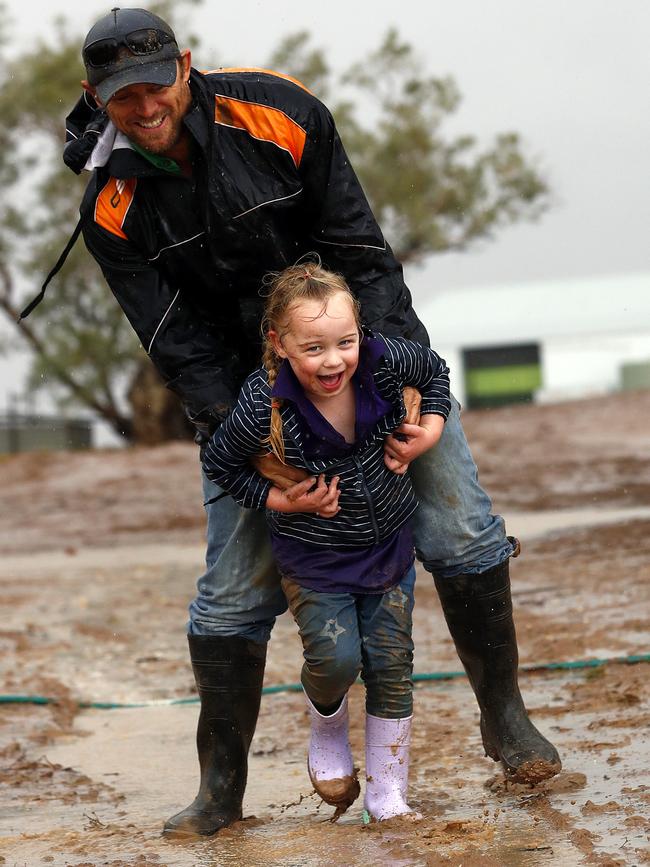
The odds are stacked against farming communities but the rain brought a groundswell of excitement and farmers couldn’t help but smile at the sight of children splashing in paddock puddles.
Sixth-generation farmer Peter Holcombe, 33, struggled to wrangle his kids Eve, 5, and Finn, 3, for long enough to get their gumboots on before they bolted out the door into the rain.
“I love splashing in the puddles,” Eve said.
“It’s so exciting when it’s raining.”

The Holcombe family, who have a farm 40km east of Walgett in the state’s north, has been loath to check rain radars for the past three years.
“Everyone’s talking about the rain and it feels like the tide might have turned,” Peter Holcombe said.
“I’ve tried not to check the rain radar because my mental state of mind can’t handle any more disappointment but it’s hard not to get excited.”
The Holcombes are selling 15 per cent of their 6300ha farm to keep the bank at bay — but they cannot afford a seventh failed crop in eight years.
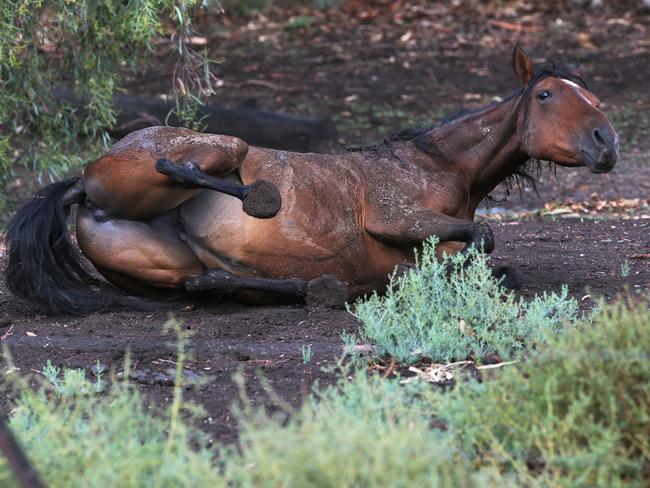
The farm needs at least seven times more rain by July to grow wheat this year.
“If we don’t get a crop, we won’t be able to handle it financially or mentally,” Peter’s father John, 63, said.
“The banks have given us as much leeway as they’re going to. We really need this one and it all comes down to rain.”
Even if the farm is saved by a bumper crop, Mr Holcombe is weighing up whether climate change has made dry weather “the new normal”, in which case he will stop cropping and instead graze sheep or goats.
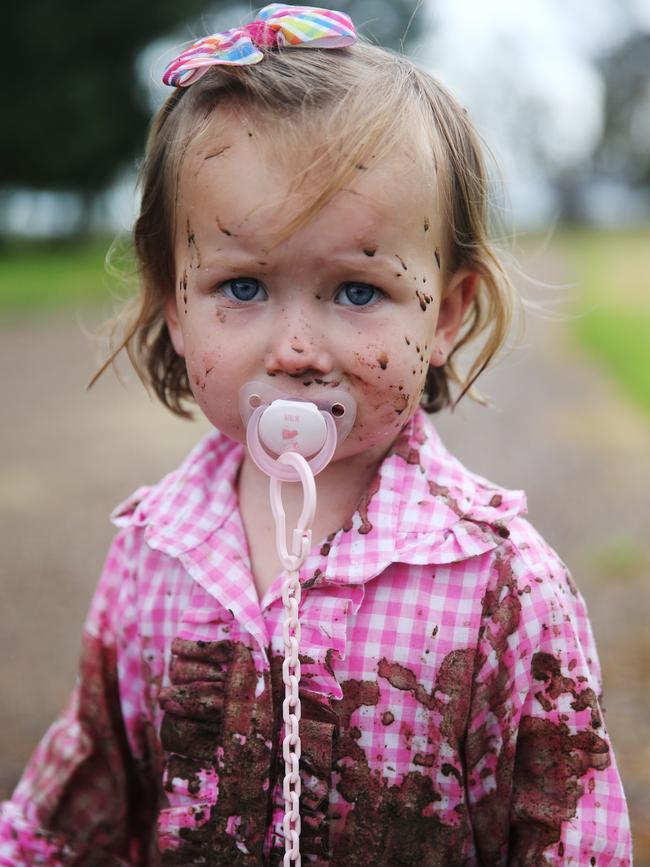
The entire state is still gripped by drought, according to the latest modelling released yesterday by the NSW Department of Primary Industries (DPI).
“The need for consistent follow-up rainfall for drought recovery remains,” a spokesman said.
But some hit the jackpot. Graziers Chris and Helen Carrigan fluked a storm cell over their sheep property 40km northwest of Moree last week.
Close to twice as much rain has already fallen over the Carrigan’s property this year (210mm) than all of 2019 (108mm).
The Carrigans have stopped hand feeding their herd of 2800 sheep for the first time in nine months.
“We have water for the house for the first time since September, when we ran out and had to start carting in water from town,” Mr Carrigan, 65, said. “We won’t have to handfeed again until winter at the earliest.”
Originally published as Rare rain gives farmers hope, but much more needed to break the drought

